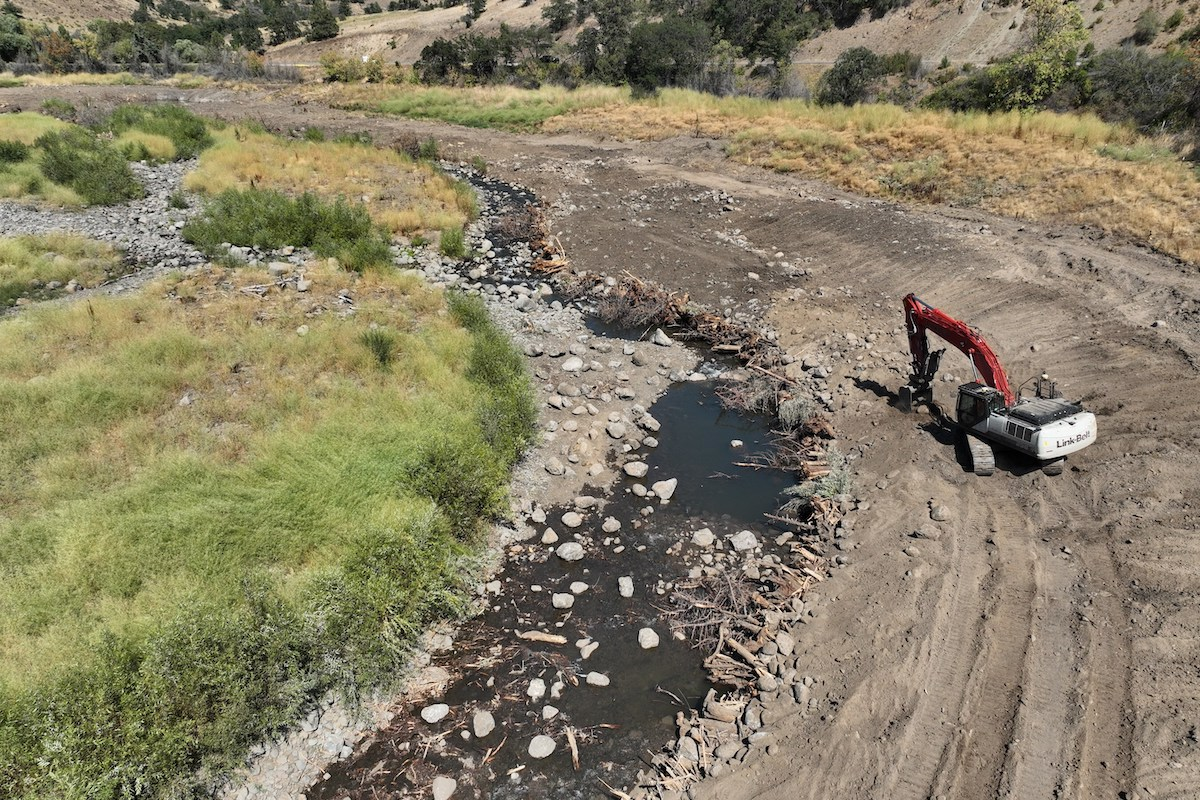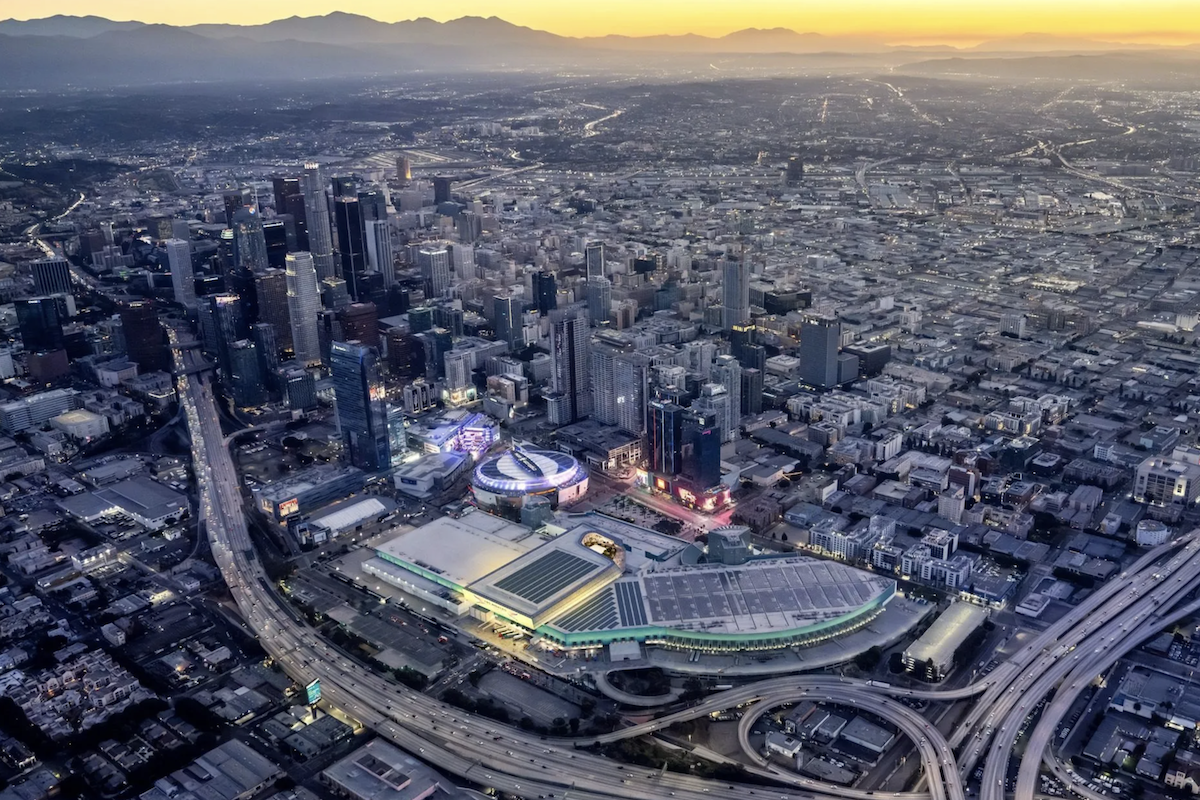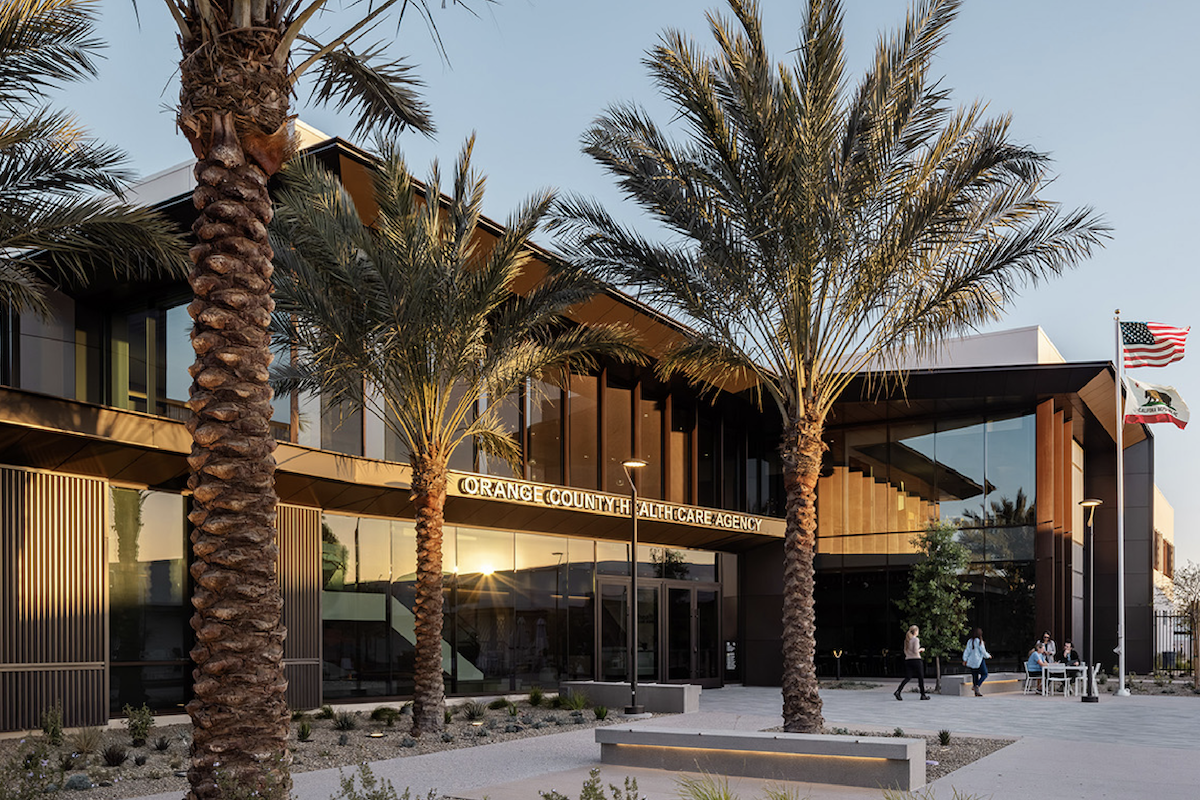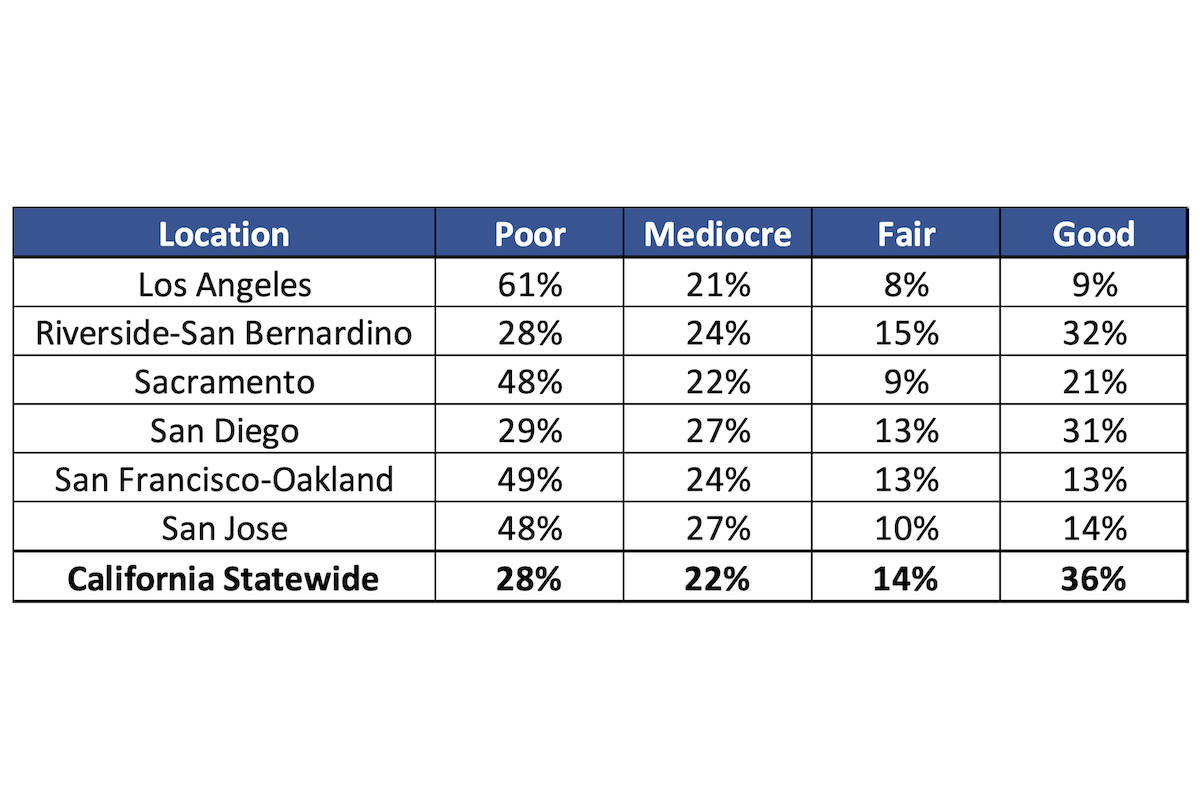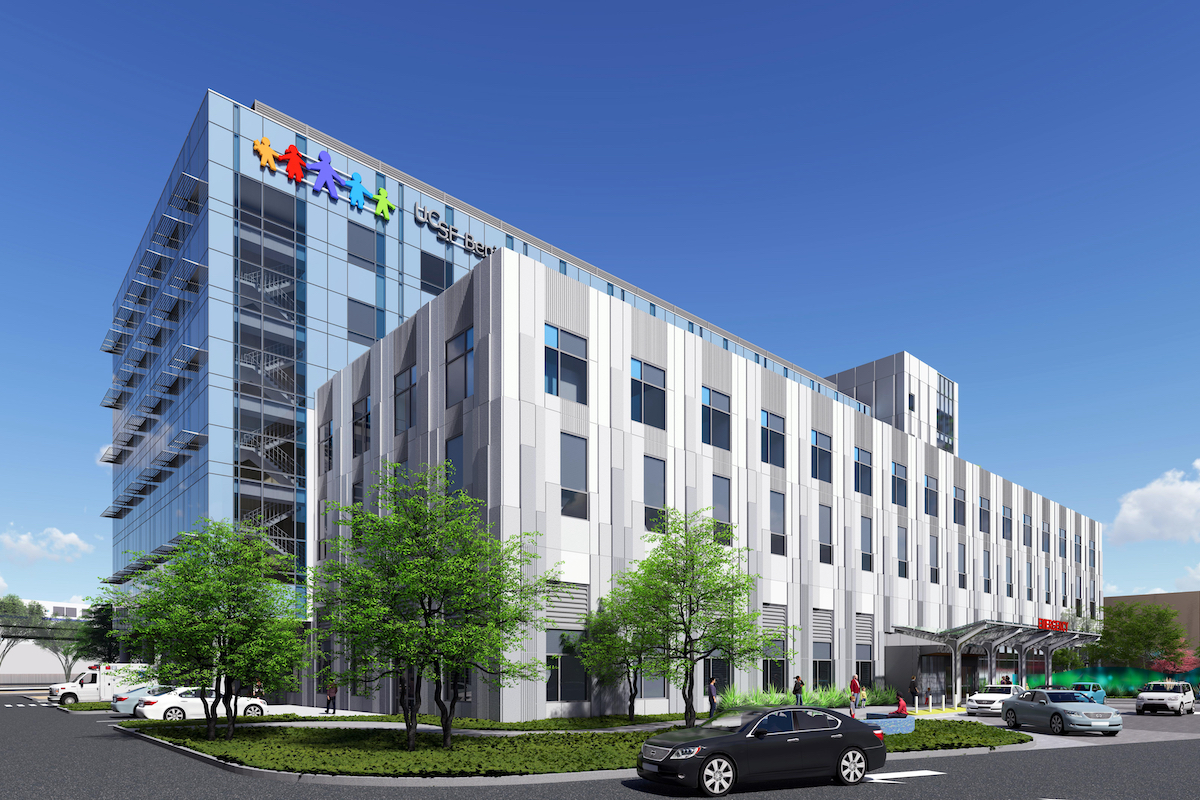With the drilled shafts as deep as 135 feet, Jensen put in extra hours, fine-tuned processes, and adjusted their work schedule to accommodate the changing river elevation. They finished the last of the 12 drilled shafts in December 2022. As crews build the rest of the new structure, they continue dealing with the challenges – and some opportunities – of working just 10 feet north of the existing bridge.
The Lt. Cmdr. John C. Waldron Memorial Bridge lies between South Dakota’s capital city of Pierre and the community of Fort Pierre, connecting the entire state as it carries U.S. Highway 14, U.S. Highway 83, and S.D. Highway 34 across the Missouri River. Originally opened in 1962, the existing structure had deteriorated to the point of needing replacement. The new bridge will carry the same number of lanes – two in each direction – with a significantly wider, 12-foot shared-use path that includes belvederes, benches, and special lighting to highlight scenic river views.
The South Dakota Department of Transportation (SDDOT) awarded Jensen the contract for the new bridge in September 2020 and work started two months later in November. The project is financed with $26.6 million in federal funds, $9.9 million in state funds, a $13 million Infrastructure for Rebuilding America (INFRA) grant from the U.S. Department of Transportation, and funds from the Pierre and Fort Pierre communities.
As Jensen builds the new structure, the existing bridge will remain open to traffic, with intermittent lane restrictions to allow crews to transport materials and construct the new roadway alignment. The new structure is scheduled to open to traffic in summer 2024. After that, Jensen will demolish the old bridge and complete aesthetic aspects – including plazas under both sides of the bridge – by summer 2025.

| Your local Trimble Construction Division dealer |
|---|
| SITECH West |
| SITECH Southwest |
In contrast to most drilled shafts where the top remains above water, “The large-diameter drilled shafts on this project were designed so that the tops of the shafts are approximately 7 feet below water,” Cheeseman said. “That design presented so many more challenges in creating a temporary dry condition at the top of the shafts in order to build them.”
To further complicate the work, the river’s depth at the project site reaches its lowest point in the early morning and climbs to its highest elevation in the evening.
“Setting the concrete forms had to be done at 3 a.m. when it’s marginally accessible,” Cheeseman said. “Even then, we still had guys in wetsuits and snorkeling gear going 2 to 3 feet underwater to set formwork.”
To construct the drilled shafts, Jensen first installed 13.5-foot-diameter, temporary steel casings from barges into the river bottom. Permanent, 10-foot-diameter steel casings were installed inside the temporary casings.
“The oversized casings acted like a cofferdam and extended above water,” Cheeseman explained. “That allowed us to pump the water down inside of them, below the final elevation of the permanent casings, and create an environment where the top of the shaft was temporarily above water.”

| Your local Gomaco dealer |
|---|
| Terry Equipment |
Augers drilled the shafts in a two-step process through sandy clay overburden and into the shale river bottom. Cranes on barges then placed rebar cages that were fabricated offshore, and concrete pumps filled the shafts. Each drilled shaft contains approximately 365 cubic yards of concrete and nearly 65,000 pounds of steel.
As work progressed, “With the river elevation fluctuations and the water depth, we were extremely concerned about alignment,” said Dean VanDeWiele, SDDOT’s Pierre Area Engineer. “A little bit off at a foot is a lot off at 100 feet deep.”
To prevent issues, SDDOT double-checked Jensen’s surveyor. All the work stayed within acceptable tolerances, but the multitude of challenges with the drilled shafts pushed back the project’s original completion date.
“There were issues with wintertime weather, as well as the overall nature of trying to construct a shaft that’s below water while dealing with the river fluctuating up and down all the time,” Cheeseman said. “It just took a lot of extra effort.”
As part of that, “We had constant meetings about how to improve processes,” VanDeWiele said. “It was a never-ending, nose-to-the-grindstone process as we brainstormed ways to get through it.”

| Your local Trimble Construction Division dealer |
|---|
| SITECH West |
| SITECH Southwest |
“It’s an extremely tight space,” Cheeseman said. “It causes a very linear schedule instead of a stairstep schedule.”
With no room for a causeway, tugboats push out almost everything on barges. That includes 110-ton to 200-ton cranes that require barges ranging from 3,600 to 4,500 square feet.
However, Jensen is able to take all the ready-mix concrete and some of the structural steel from the existing bridge to place it in the new structure.
“That has been a true hidden blessing of the proximity – being so close that Jensen could cut a hole in the rail of the existing bridge and tremie the concrete from a concrete truck down to a barge, then pump it down the drilled shaft,” VanDeWiele said. “For the columns, capitals, and caps, they’re able to set up a single-lane closure and place the concrete over the side of the existing bridge down to the new substructure units.”
In addition, for one of the bridge bents, its location close to shore in shallow water allowed Jensen to pump concrete from a truck on the riverbank.

| Your local Trimble Construction Division dealer |
|---|
| SITECH West |
| SITECH Southwest |
“There has been a lot of oversight to ensure water quality in the river,” VanDeWiele said. “In our weekly meetings, we talk about here, near, and far – what’s happening today, what’s happening next week, and what we should think about down the road. There are so many people, agencies, and the two adjacent communities we need to coordinate with; one of the more time-intensive aspects is making sure we don’t miss anything that could delay work while we wait for review or approval.”
To help keep track of all the pieces, the designer recommended setting up Microsoft Teams for submittals and requests for information (RFIs).
“They tailored the software for the project and gave access only to appropriate Jensen and SDDOT staff, so everything is kept confidential,” VanDeWiele said. “Jensen puts in the RFIs and submittals and they’re actively assigned to the bridge engineer, designer, or a staff person to track down and resolve.”
At the end of 2022 – about halfway through the project – the team already handled 40 submittals and 46 RFIs.
“Because so much correspondence goes back and forth, it’s great having it organized in one spot and numbered, with dates assigned and applicable details,” VanDeWiele said.

| Your local Trimble Construction Division dealer |
|---|
| SITECH West |
| SITECH Southwest |
Because of the importance to communities on both sides of the river, “This bridge is a reflection of the general public,” VanDeWiele said. “The public had input on many of the aesthetic things you see, including the railings and substructure units. Another example of this is the hundreds of steel stars that will be welded into the railing adjacent to the shared-use path.”
In addition to the local communities, the bridge connects commuters across the state and nation – including people traveling for legislative activities in the State Capitol, truckers, agricultural equipment, and tourists.
“This bridge is meant to be a place where you want to stop and take in the scenery, as well as serving as a vital piece of infrastructure,” VanDeWiele said.
- Owner – South Dakota Department of Transportation; Dean VanDeWiele, Pierre Area Engineer; Dan Vockrodt, Pierre Area Engineering Supervisor; Dan Strand, Pierre Area Project Engineer; Hadly Eisenbeisz, SDDOT Bridge Construction Engineer
- Design – Stantec
- General Contractor – Jensen Construction Company, Des Moines, Iowa; Ryan Cheeseman, Project Manager; Tristan Weaver, Project Superintendent
- Public Relations Subcontractor – Project Solutions, Inc., Rapid City, South Dakota; Alisa Bousa, Project Coordinator
- More than 2.5 million pounds of steel
- Over 11,750 cubic yards of concrete
- 206 puck lights mounted in the handrail along the shared-use path




















